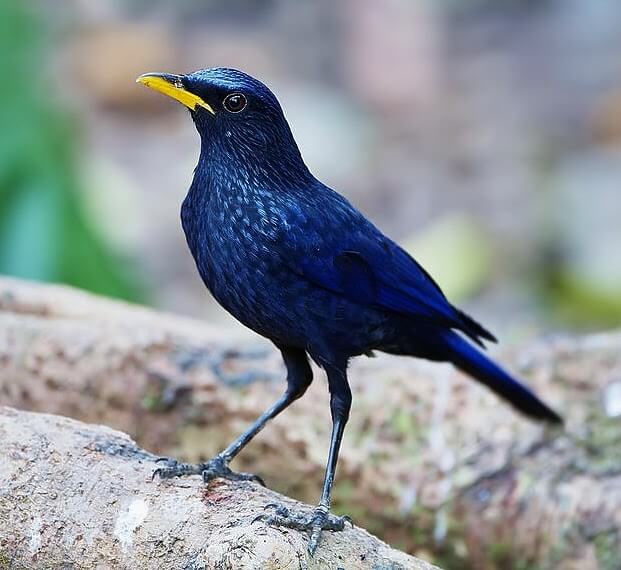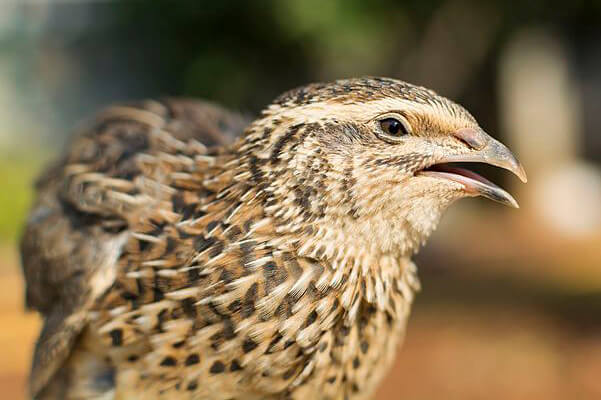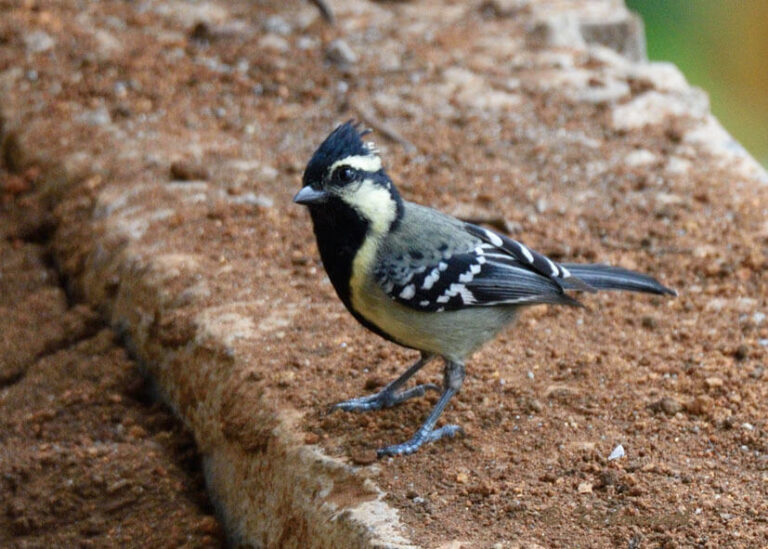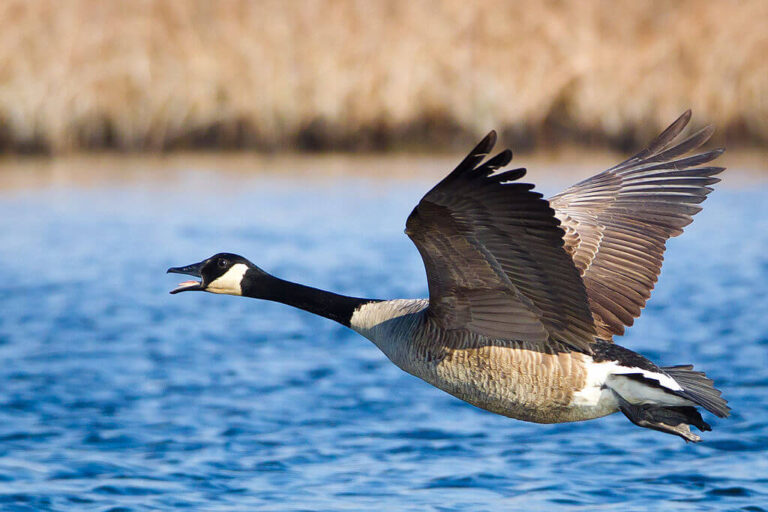Discover the Blue Thrush: Characteristics, Habitat, and More
The Blue Thrush (Monticola solitarius) is a fascinating bird known for its striking blue plumage and melodious song. Found in various parts of the world, this bird has long captivated ornithologists and birdwatchers alike.
In this article, we will explore the scientific classification, physical characteristics, habitat, behavior, diet, reproduction, predators, conservation status, and much more about the Blue Thrush. Additionally, we’ll touch on its evolutionary history, relationship with humans, and some intriguing facts about this species.
Contents
Scientific Classification
- Kingdom: Animalia
- Phylum: Chordata
- Class: Aves
- Order: Passeriformes
- Family: Muscicapidae
- Genus: Monticola
- Species: Monticola solitarius
The Blue Thrush is a part of the Old World flycatcher family (Muscicapidae), which includes various small to medium-sized passerine birds. It was previously classified under the thrush family (Turdidae) due to its similarity in appearance and behavior.
Physical Characteristics

The Blue Thrush is a medium-sized bird with a length of around 21–24 cm (8.3–9.4 in) and a wingspan of 33–37 cm (13–15 in). Its most distinguishing feature is its deep blue to slate-colored plumage, especially in males. The female, in contrast, has a more subdued grayish-brown tone with faint streaks, offering better camouflage.
- Male Plumage: Rich, glossy blue, often darker around the wings and tail.
- Female Plumage: Duller brown with a bluish tint only in certain lights.
- Beak: Sharp, straight, and medium-length, adapted for catching insects and picking fruits.
- Eyes: Dark and expressive, aiding in spotting prey from a distance.
Habitat
The Blue Thrush prefers rocky, mountainous environments but can also be found near cliffs, gorges, and coastal regions. It inhabits areas with scattered vegetation, open spaces, and plenty of vantage points from which it can hunt. Its range extends across parts of southern Europe, North Africa, and Asia, and it is often found at elevations ranging from sea level to 2,000 meters.
- Common Regions: Mediterranean countries, Middle East, Central Asia.
- Seasonal Migration: Some populations in colder regions migrate to lower altitudes during winter, although many remain sedentary.
Behavior
The Blue Thrush is known for its solitary and sometimes elusive nature, as indicated by its scientific name, solitarius. It is territorial, particularly during the breeding season, and can often be observed perched high on rocks or cliffs, where it surveys its surroundings.
Vocalization
One of the most enchanting aspects of the Blue Thrush is its song, which is clear, flute-like, and often delivered from a prominent perch. Its song is used to mark territory and attract mates, especially during the breeding season.
- Singing Pattern: The song consists of repeated melodic phrases interspersed with mimicked sounds from other birds.
Diet
The diet of the Blue Thrush is omnivorous, consisting mainly of insects, small invertebrates, and fruits. Its foraging behavior includes hopping from rock to rock and searching for prey hidden among cracks or under debris.
- Common Prey: Beetles, grasshoppers, ants, and spiders.
- Fruits: Berries, figs, and wild fruits are consumed, especially in autumn and winter when insects are less abundant.
Reproduction
Blue Thrushes are monogamous during the breeding season, with pairs often returning to the same nesting sites year after year. They typically breed in late spring to early summer.
Nesting
The female builds the nest, which is usually located in a crevice in a rock or on a ledge. The nest is made of grass, moss, and twigs, lined with softer materials like feathers and wool.
Clutch Size
The female lays 3 to 5 eggs, which are pale blue or greenish. Incubation lasts for around 13–15 days, with both parents taking turns to care for the chicks after hatching. The young fledge approximately 2 weeks after hatching.
Predators
While Blue Thrushes are relatively secretive, they are preyed upon by larger birds and mammals, especially during the nesting season.
- Birds of Prey: Falcons, hawks, and eagles.
- Ground Predators: Snakes, foxes, and other small carnivores may target eggs or chicks.
Conservation Status
Currently, the Blue Thrush is listed as Least Concern by the International Union for Conservation of Nature (IUCN). Its population is stable across much of its range, though localized threats such as habitat loss, especially in coastal areas, may pose challenges in the future.
Conservation Efforts
Although the species is not endangered, various local conservation initiatives aim to protect its natural habitats, particularly in regions where human activity encroaches on nesting areas.
Interesting Facts
- Mimicry: The Blue Thrush is an accomplished mimic capable of imitating the calls of other bird species, which is often incorporated into its song.
- Longevity: In the wild, Blue Thrushes can live up to 10 years, a relatively long lifespan for a bird of its size.
- Symbolism: In some cultures, the Blue Thrush is considered a symbol of solitude and peace due to its quiet and isolated nature.
Evolutionary History
The Blue Thrush belongs to the Muscicapidae family, which has evolved over millions of years. Its closest relatives include other rock thrushes in the Monticola genus, which are well-adapted to rugged, rocky landscapes.
Adaptation to Rocky Habitats
The Blue Thrush has developed strong legs and claws to grip rock surfaces, and its keen eyesight allows it to spot prey from long distances. These adaptations have allowed it to thrive in environments that many other birds find inhospitable.
Relationship with Humans
The Blue Thrush is often admired for its song and beauty. In some areas, it is seen as a good omen, and local communities welcome its presence. However, it can be elusive and is not frequently observed up close, making it a rare sight for birdwatchers.
Cultural Significance
In Mediterranean regions, the Blue Thrush is often associated with mountains and seclusion, appearing in folklore as a symbol of solitude and introspection.
Conclusion
The Blue Thrush (Monticola solitarius) is a captivating bird known for its beautiful song and striking appearance. Found across a wide range of rocky habitats, it exhibits fascinating behaviors such as mimicry and territoriality. Although currently listed as Least Concern, the species continues to thrive in the wild thanks to its unique adaptations. The Blue Thrush holds a special place in both the natural world and human culture, symbolizing the beauty and tranquility of nature.
- Golden Retriever Pros and Cons: What Every Pet Parent Should Know - 15 September 2025
- Cane Corso Dog Breed: Health, Care, and Lifespan - 14 September 2025
- Catahoula Leopard Dogs: Description, Temperament, Lifespan, & Facts - 21 July 2025







